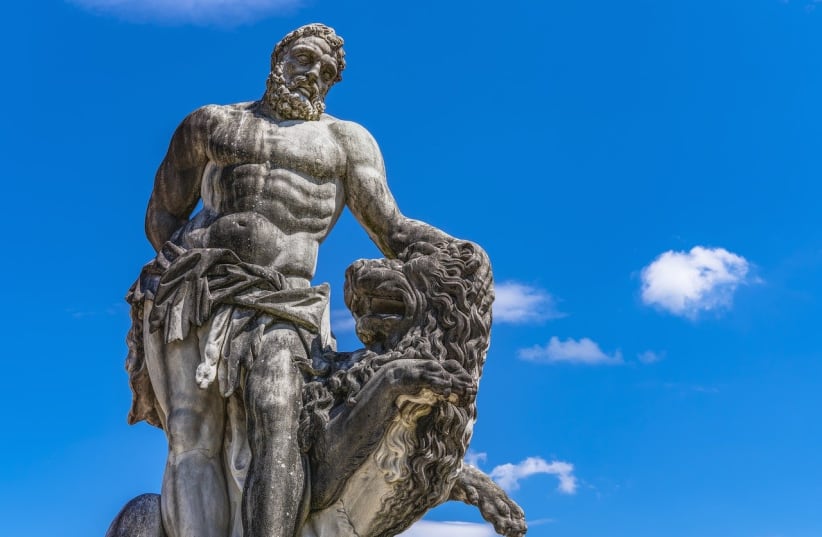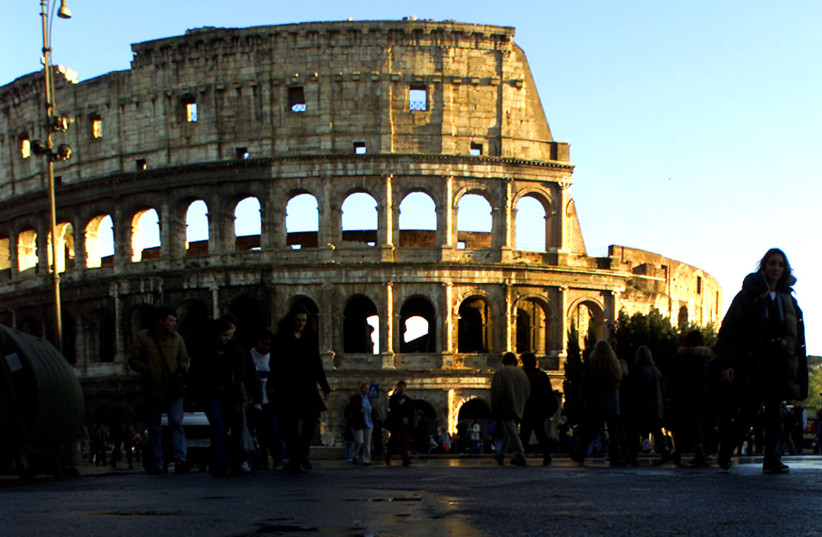Archaeologists from the University of Alicante have made a unique discovery at the Toscal De La Cala, a Roman fort located in Benidorm, Spain.
During excavations, they uncovered a rock-carved "inscultura" face dating back 2,000 years. This carving features three distinct elements - a human face, a cornucopia and a phallus - within a space measuring 57 x 42 centimeters. However, researchers believe that the scene might be incomplete due to the missing upper right quadrant.
Described by Professor Jesús Moratalla, the head of the excavation, as a relief of exceptional historical importance, the discovery has sparked intrigue among archaeologists and historians.
What do the carvings mean?
The purpose of the carving remains unknown, leaving room for speculation. It could have served as graffiti or had a ritualistic function.
The inclusion of a phallus, which the Romans considered a symbol of masculine generative power and safety of the state, suggests a possible protective significance.
The presence of a cornucopia, or "horn of plenty," adds another layer of mystery. In Roman reliefs and coins, many deities associated with the harvest, prosperity, or spiritual abundance are depicted carrying a cornucopia. This raises the possibility that the face represents a god or goddess.
In mythology, the cornucopia was created when Heracles (Roman Hercules) wrestled with the river god Achelous and tore one of his horns, as river gods were sometimes depicted as horned.
The Tossal De La Cala site, situated on a 100-meter-high hill, has a rich archaeological history. Excavations conducted in the 1940s by Father Belda and in 1965 by Professor M. Tarradell dated the archaeological remains to the 2nd and 1st centuries BC.
Recent excavations led by the University of Alicante since 2013 have revealed that the site was a Roman settlement occupied by Quinto Sertorio's armies during the Sertorian Wars - a civil war fought between a group of Roman revels and the Roman government from 80 to 72 BC.
The discovery of the rock-carved face at Toscal De La Cala adds another fascinating piece to the puzzle of ancient Roman life. As further research and analysis unfold, archaeologists hope to gain deeper insights into the purpose and significance of the exceptional find.
The preservation and protection of the carving remain a top priority, as plans for its exhibition within the context of the Tossal site are being carefully developed.

